Progressing with the Code for Sustainable Homes

Delivering sustainable homes — Robin Wood
• Level two is 18%.
• Level three is 25%.
• Level four is 44%.
• Level five is 100%.
• Level six is a zero-carbon home. The levels work on a point score system. Level three requires 57 points, whereas level six requires 90 points. To obtain enough points, everything about the build and the dwelling must be considered and rated. There are nine categories to be considered. • Energy and carbon-dioxide emissions
• Water
• Materials
• Surface water run-off
• Waste
• Pollution
• Health and wellbeing
• Management
• Ecology As we have said, the Code for Sustainable Homes is about more than heating and lighting. If we are honest, levels one and two of the code are no longer relevant, as they will soon be largely obsolete. From April 2008 any new-build social housing development must meet level three of the code (25% reduction). As 20% of any new housing development has to be dedicated to social housing, this requirement is far reaching and does not just affect housing associations and local authorities. From 2010, level three of the code becomes mandatory for all new-build developments. There is a deadline for other sections of the code too. New-build homes will have to comply with level four by 2013 and level five by 2016. So, let us look at how achievable the levels of the code are. We believe that, at the moment, level three can be achieved with some effort, but levels four and five are taking building specifiers and designers into a largely unknown world. Indeed, level four is very tough to achieve, and level five, which requires zero carbon emissions, has only been met on pilot studies. In reality, 2016 is not that far away, so we are all going to have to get our heads around the requirements of the code pretty quickly. Achieving the highest rating — level six — is some way off. To achieve this level, the builder cannot use any carbon at all in the building process. Indeed the whole build must be zero carbon, including the manufacture and transportation of building materials. Carbon used to deliver materials to site must be cancelled out via carbon savings within the dwelling or in other areas of the build process. Even appliances used within the home, such as televisions, must be zero carbon — so these emissions must be cancelled out somewhere. One contribution to reducing carbon-dioxide emissions is to reduce the energy used for water heating. For level three, water heating cylinders would have to be coupled with effective insulation within the dwelling. At Heatrae Sadia we are improving the efficiency of our water-heating products, for example with the recent improvement of Megaflo HE’s heat-loss figures by providing an insulated cover for the temperature/pressure relief valve. For level four, the building will need to include a high proportion of renewables. Heatrae Sadia Heating, for example, offers two solar-thermal water-heating cylinders (the Megatech and the Santon PremierPlus Solar) which can work with either flat-plate solar collectors or evacuated tubes. We have other products using renewables on the way. The Code for Sustainable Homes also assesses the fuel/s used — called the fuel factor. Mains gas currently comes out most favourably, but the Government has given the go-ahead for nuclear power stations so electricity will be generated more cleanly and more efficiently. We believe that electric heating solutions will then represent a highly energy-efficient option, and products will be very much in demand. The Code for Sustainable Homes willshake up the way new build homes are assessed and reduce the UK’s carbon emissions. However, the action required to achieve level three upwards will be challenging, and it is important that manufacturers, builders and specifiers work together to find an appropriate way forward. Robin Wood is head of Heatrae Sadia’s electrical division







